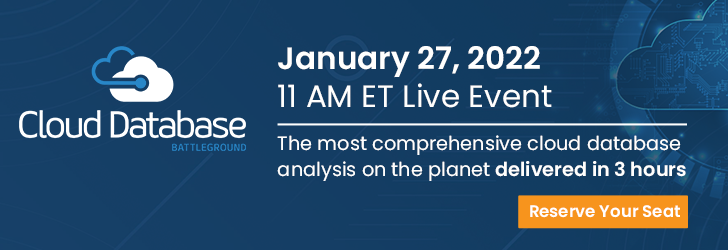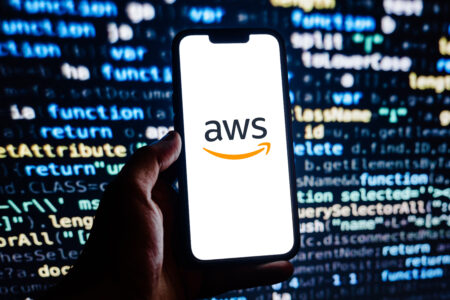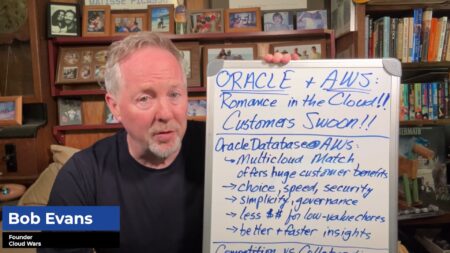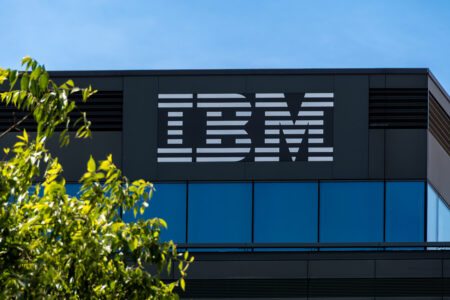
The mature database market just won’t act its age.
More than 50 years after IBM computer scientist Edgar Codd introduced the relational database model—laying the foundation for management of “structured data” in columns and rows—new database platforms continue to spring up from software companies that see an opportunity to manage more data and different data types, faster and better.
Last year, 10 cloud database startups received more than $2.9 billion in venture funding.
This emerging generation of databases comes in all shapes and sizes. There are SQL, NoSQL, document, graph, wide-column, key value, and even multi-model “universal” databases that can manage virtually any data type. Many of these databases are available as open source. And they are full of bells and whistles—APIs, polyglot programming languages, Kubernetes, etc.—that allow for faster and easier application development.
But there is one defining characteristic that sets these modern databases apart from the relational databases of the past—they are cloud native.
In other words, these post-client/server era databases are built to run in the cloud. They are available as cloud services, making it much easier to build applications, access and share data, and integrate other technologies to create full-fledged “data platforms” that extend the data model across business units, as well as to partners and customers. And virtually all of these cloud-native databases run in hybrid and multi-cloud environments.
Who exactly are these next-gen database providers? And what makes their cloud databases advantageously different? Following are six of the leading providers of cloud-native databases. Five of these companies (with the exception of DataStax) will be discussing their strategies, and answering five key questions, at Acceleration Economy’s Cloud Database Battleground on January 27.
6 of the Leading Cloud Database Providers
- Couchbase – A developer-friendly, distributed NoSQL database. The company’s fully managed database-as-a-service, Couchbase Capella, scales automatically, while a feature called Autonomous Operator distributes data across cloud zones for availability and resiliency. Couchbase, formed through a merger ten years ago, launched its IPO in mid-2021.
- Cockroach Labs – A distributed SQL database available in four deployment options: on-prem download; self-hosted; dedicated clusters as a cloud service; and the recently introduced serverless, including an always-free version. What about the company name? Cockroach touts its “survivability,” with the motto “never worry about your database again.”
- DataStax – Based on open-source Cassandra (a distributed NoSQL, wide-column database), DataStax has added new capabilities such as serverless; developer-friendly APIs; message streaming; and multi-region deployment to its Astra DB cloud database. Runs on AWS, Google Cloud, and Microsoft Azure. The GraphQL API makes it possible to run queries across relational and NoSQL databases.
- Redis – In-memory database for real-time data processing on premises, as well as in hybrid and multi-cloud environments. Based on the open-source Redis database, Redis Enterprise Cloud is a fully managed, serverless database service available via AWS, Google Cloud, and Microsoft Azure. Due to its in-memory design, Redis provides sub-millisecond response.
- SingleStore – SingleStore’s name provides a big clue about what makes its relational database unique—it’s a single store for different data types and workloads. So, one database can be used to manage relational, semi-structured, geospatial, full-text, time series data, and more, minimizing the issue of database sprawl. Runs on-prem, hybrid, and as a fully managed service on the Big 3 public clouds.
- Yugabyte – Versatile open-source database is compatible with both PostgreSQL (a SQL database) and Apache Cassandra (a NoSQL database), making it possible to build applications that take advantage of the respective features and characteristics of both database environments. Use cases include real-time transactions, microservices, Edge, IoT, and geographically distributed workloads. Available via Apache 2.0 license and as self-managed or fully managed cloud services.
What About Speed, Scale, and Data Governance?
That’s a snapshot of the six cloud-native database providers that will be presenting at the Cloud Database Battleground, which I will be hosting. As mentioned, we have asked each vendor to answer a common set of questions, to see how they compare in areas such as speed, scale, data governance, and new data-driven business opportunities.
This graphic illustrates the 5 questions to be answered by each vendor.

As these fast-emerging cloud database providers expand their capabilities and cloud service offerings, they continue to add new business customers, including global brands. For example, Netflix is using Cockroach Labs to test and manage hundreds of device types, from streaming sticks to smart TVs. And Uber uses SingleStore to drive sub-second analytics.
I expect to hear about more of these leading-edge customer examples at the Cloud Database Battleground on January 27. Registration is free. I hope you can join us.
Acceleration Economy’s Cloud Database Battleground registration – January 27







